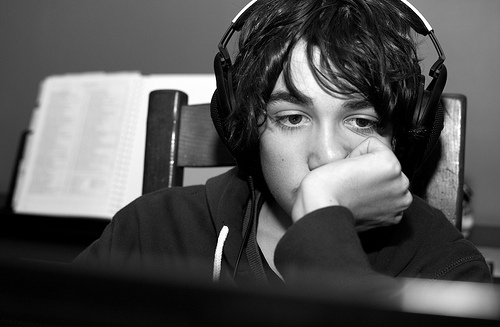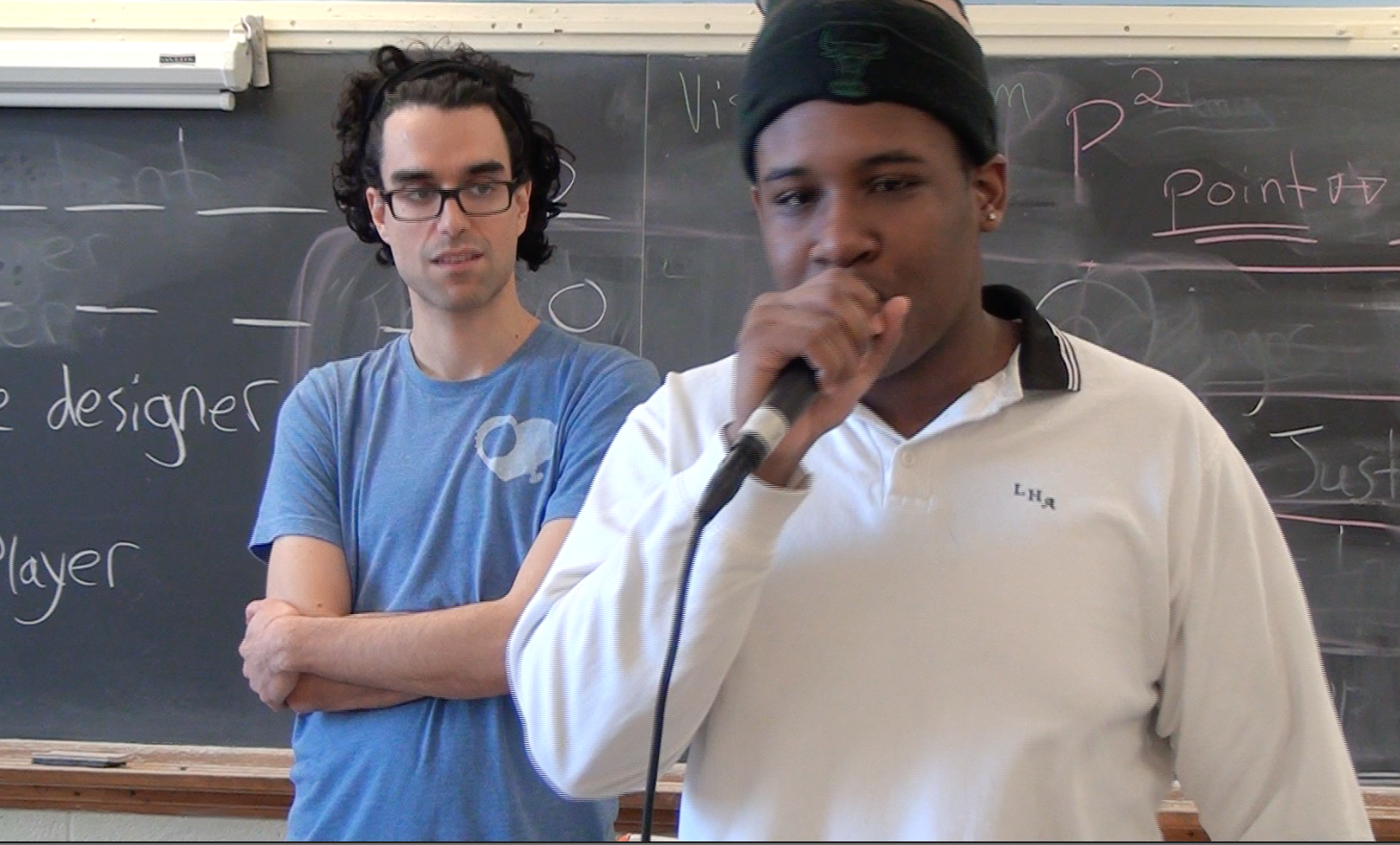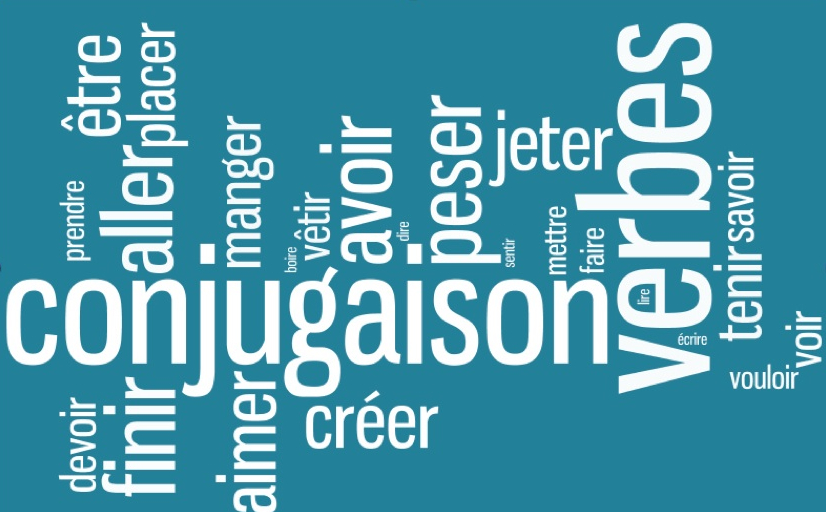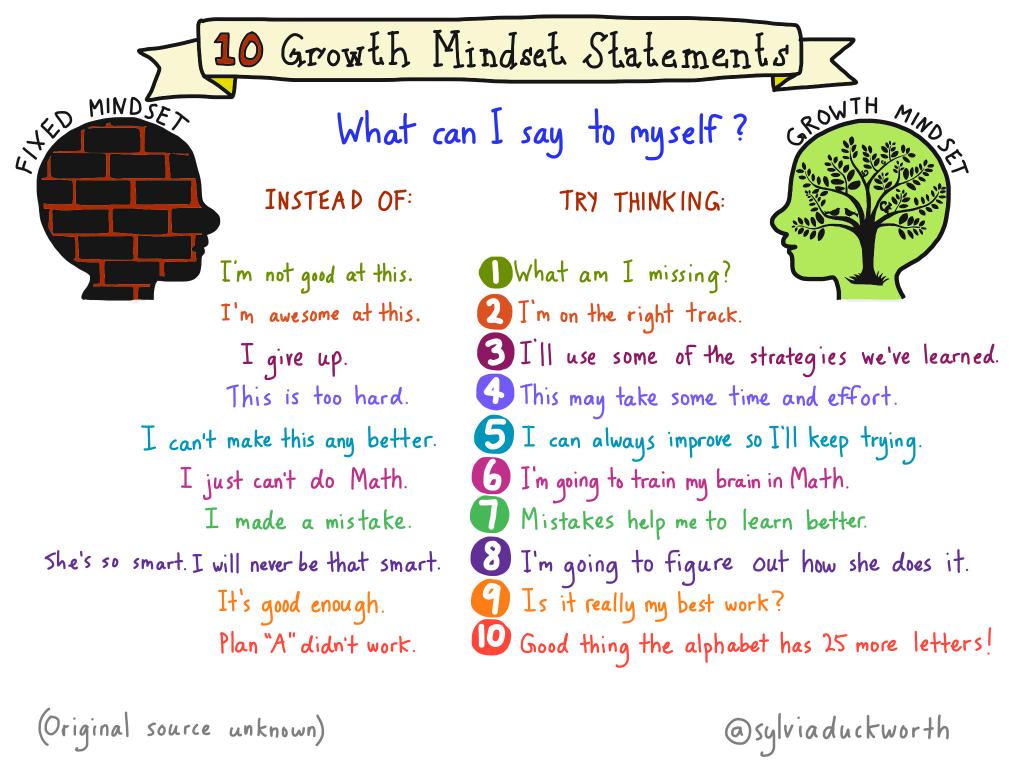Thankfully, February also marks Power to the Purple month, when students don their DIFD t-shirts, sell DIFD swag and raise both awareness and money ($960 just last week!) for teen mental health initiatives. DIFD stands for Do It For Daron and started as a grassroots movement to get kids talking about brain health. Who is Daron? By all accounts, Daron Richardson was a bright, beautiful, athletic, loving and beloved girl, who on November 13th 2010, at the age of 14, died by suicide. Since then, her parents, NHL’er Luke Richardson and his wife Stephanie (both closely connected to the Pontiac), have made it their mission to inspire dialogue, raise awareness, combat stigma and change the face of youth mental health. In concert with experts at the Royal (Ottawa Hospital), DIFD provides resources and outlets for students, parents and teachers to seek help.
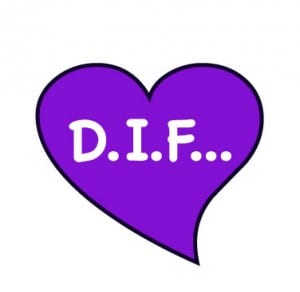
The fundraising efforts of DIFD have also allowed for the Royal to undertake the Youth Mental Health Awareness Study & Early Intervention Research Project, involving 15 local high schools in the development and implementation of a dedicated mental health curriculum. Last month, they also announced a new app for teens called HealthyMinds. The goal of the app is to underline the importance of taking care of one’s brain health as part of overall physical well-being, and includes a daily mood tracker, a journaling feature, a problem-solving tool, coping and stress buster strategies, video breathing exercises, as well as information on mind and body.
I often look into my teen son’s eyes and wonder what’s really going on in there? And until recently, I routinely asked him the very same questions that I was asked as a youth: How was school today? How’s (fill in the blank sport) going? How is X, Y, Z friend doing? More than 99% of the time, I would get the same pat answer that I gave my own parents: Fine! Lately however, I’ve been hearing something more brooding and less positive in his voice. So, I’ve started to ask slightly different questions: Are you OK? How are you feeling? What’s bothering you these days? Of course, more often than not, I get a very dramatic eye-roll as a response, but sometimes information surfaces that wouldn’t have otherwise. Admittedly, I don’t have a background in psychology or youth counselling, so I asked Joanne Brownlee, long time guidance and student support professional at PHS, about the resources available to parents, teachers and students who might be struggling with mental health questions.
What are some of the resources or courses of action that you would recommend to students or parents with concerns?
Mental health resources that I have personally recommended to students over the years include the Kids Help Phone 1-800-668-6868, which has counsellors available 24/7, as well as the Always There app. However, if the school professionals or parents have immediate concerns about a student’s welfare, they are always counselled to either contact their family doctor or the CLSC emergency.
We also have many school partners to assist our students who come forward seeking help. We have a Board psychologist who meets individually and in group settings at the school once a week. We also have CLSC social workers in the school two days per week, as well as a CLSC nurse. In addition, we receive assistance from L’EntourElle, the community women’s shelter, who will take referrals for students who are struggling with eating disorders and poor self-image.
Since I find that many parents often feel quite helpless and unsure about what do when mental health issues arise in their families, I refer them to speak to a professional counsellor who can guide them through the process. This can be very reassuring for parents. Many of the problems of today’s youth are quite different from the problems of their parent’s generation (ex. cyber bullying, sexting, self-harming), so I often direct parents to get outside guidance to help them more fully understand the situations they are dealing with. The two parent help lines that I recommend are: Parents Help Line 1-800-361-5085 and Tel-Aide Outaouais Suicide Prevention 1-866-277-3553.
At the School Board level, WQSB has invested in specialized training for many of our professional counsellors and they have created a Suicide Prevention Team who is contacted if there is a crisis in the schools. This team has been trained in a very detailed process for identifying the most at-risk students and in targeting the most appropriate pathway of help for them.
And what about initiatives like DIFD, have you seen an impact at the school level?
I can report that as a result of this campaign we have already had one student come forward to seek help from social services for mental health issues. So, the campaign certainly made students more willing to talk about what they are struggling with. There was also huge student interest and participation in the DIFD campaign. Without any prompting, some senior students even offered to create activities for students related to mental health awareness. We certainly anticipate sustained growth with this campaign.
So, let’s do it for Daron…and for each and every kid that we come in contact with regularly both at home and at school. Navigating this messy, complicated world isn’t easy. In my opinion, it’s every parent and teacher’s job to not only help foster the academic skills necessary for our students to flourish, but to always make kids feel connected and worthwhile, which might start with a simple question and the wherewithal to just listen.

